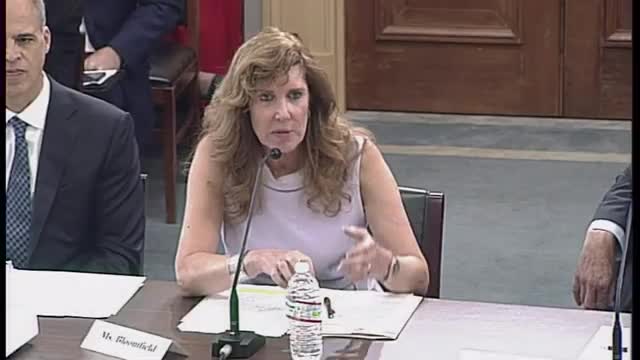Lawmakers push for urgent broadband solutions amid delays
September 12, 2024 | Energy and Commerce: House Committee, Standing Committees - House & Senate, Congressional Hearings Compilation
This article was created by AI summarizing key points discussed. AI makes mistakes, so for full details and context, please refer to the video of the full meeting. Please report any errors so we can fix them. Report an error »

In a recent government meeting focused on broadband expansion, officials discussed the challenges and strategies surrounding the implementation of the Broadband Equity, Access, and Deployment (BEAD) program. The meeting highlighted the urgent need for improved internet access, particularly in rural areas, as representatives expressed frustration over delays in connecting households to broadband services.
One key point raised was the importance of accurate mapping to identify serviceable locations. Officials noted that many states are still relying on outdated data, which complicates efforts to allocate funding effectively. The lack of precise mapping has led to concerns about potential overbuilding in certain areas, which could waste resources and create bureaucratic hurdles for providers.
The discussion also touched on the necessity of establishing low-cost broadband options without imposing rate regulations that could hinder smaller providers. Participants emphasized that any mandated pricing must reflect market realities to ensure that providers can sustain their operations while expanding services.
Additionally, the meeting addressed the broader implications of federal regulations on the broadband industry. Concerns were raised about the Federal Communications Commission's (FCC) recent decisions, which some believe could impose undue burdens on small providers and complicate their participation in the BEAD program.
As the meeting concluded, representatives underscored the need for a coordinated national broadband strategy to streamline efforts across various federal agencies. With over 130 broadband programs identified, the call for synchronization is seen as critical to avoid inefficiencies and ensure that funding is utilized effectively to close the digital divide.
One key point raised was the importance of accurate mapping to identify serviceable locations. Officials noted that many states are still relying on outdated data, which complicates efforts to allocate funding effectively. The lack of precise mapping has led to concerns about potential overbuilding in certain areas, which could waste resources and create bureaucratic hurdles for providers.
The discussion also touched on the necessity of establishing low-cost broadband options without imposing rate regulations that could hinder smaller providers. Participants emphasized that any mandated pricing must reflect market realities to ensure that providers can sustain their operations while expanding services.
Additionally, the meeting addressed the broader implications of federal regulations on the broadband industry. Concerns were raised about the Federal Communications Commission's (FCC) recent decisions, which some believe could impose undue burdens on small providers and complicate their participation in the BEAD program.
As the meeting concluded, representatives underscored the need for a coordinated national broadband strategy to streamline efforts across various federal agencies. With over 130 broadband programs identified, the call for synchronization is seen as critical to avoid inefficiencies and ensure that funding is utilized effectively to close the digital divide.
View full meeting
This article is based on a recent meeting—watch the full video and explore the complete transcript for deeper insights into the discussion.
View full meeting